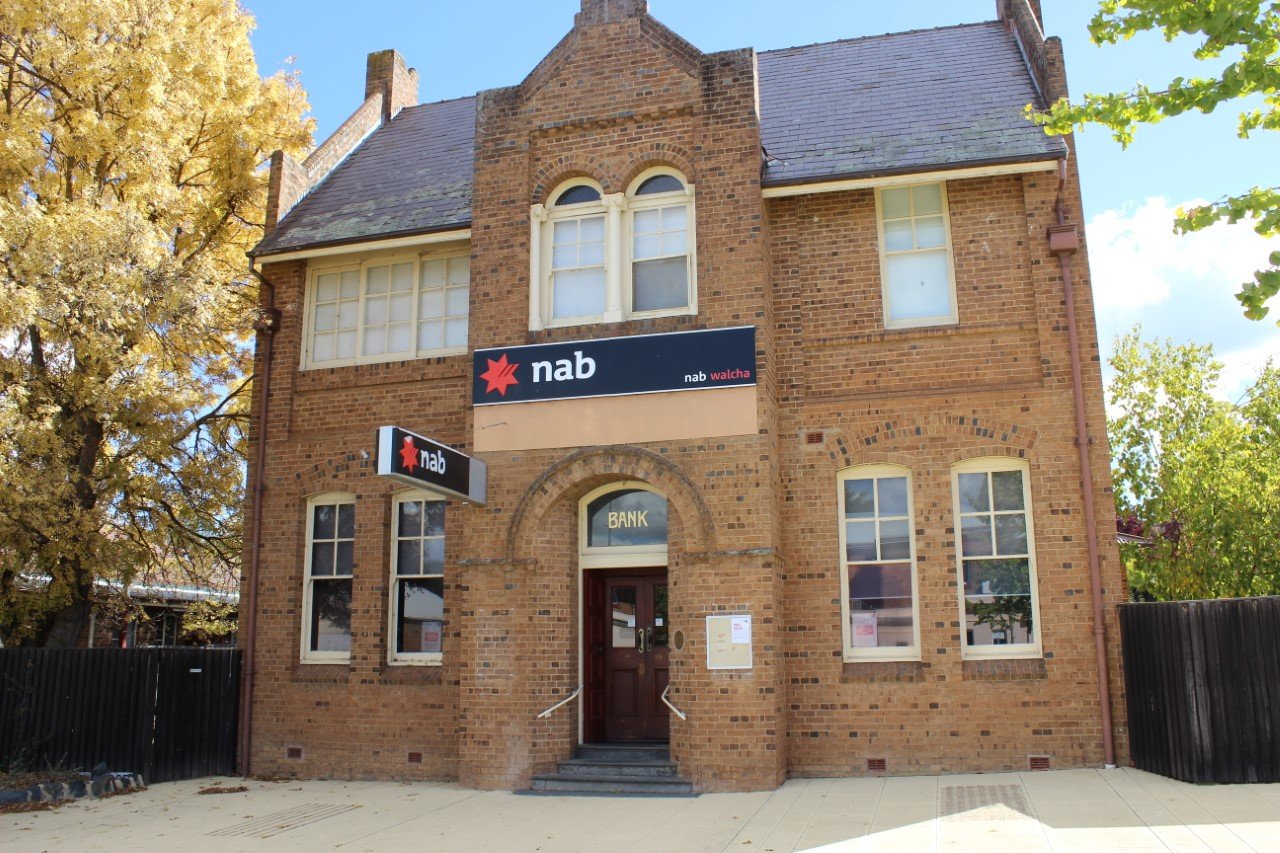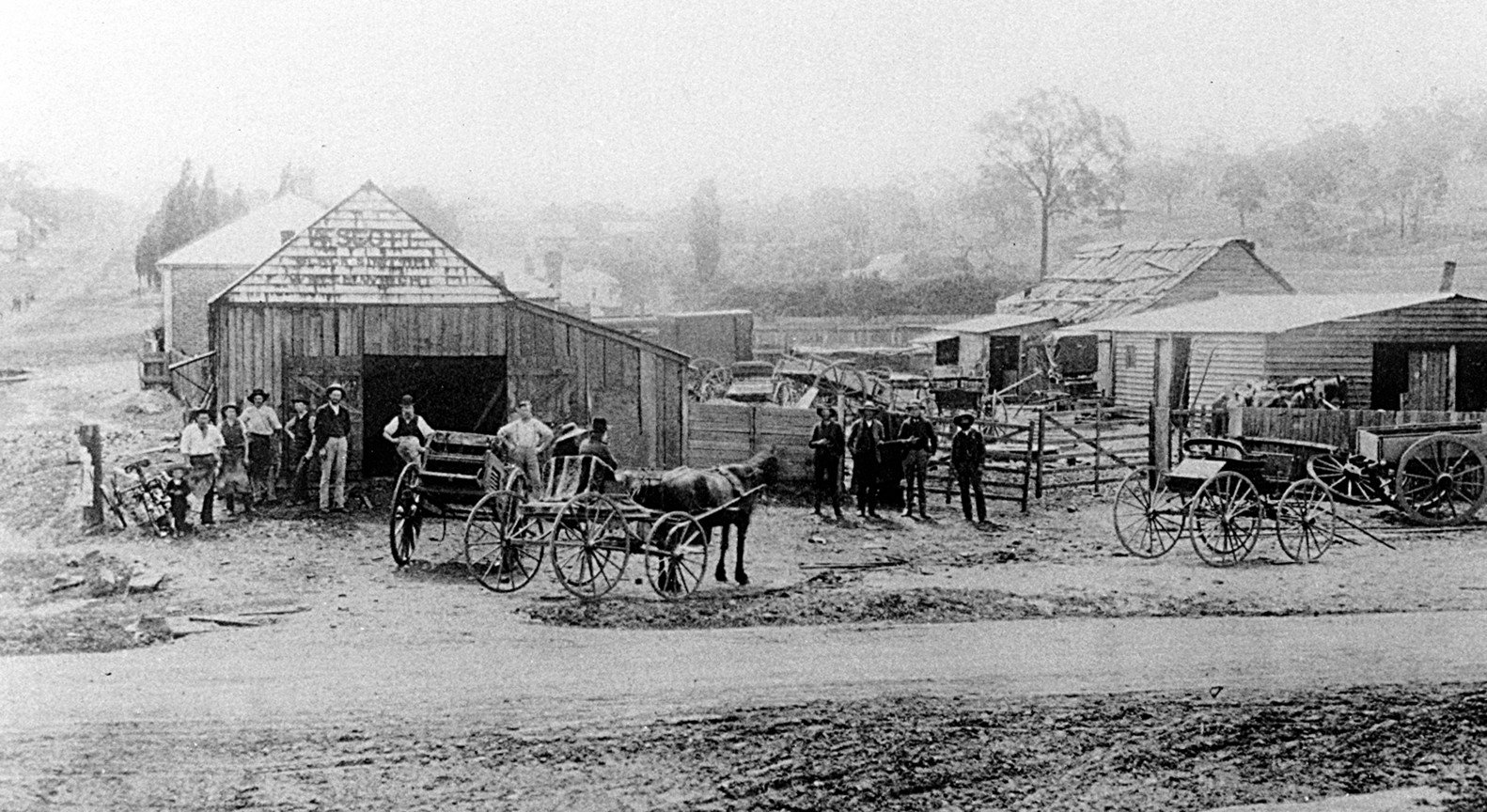Where in the world is Walcha?

Walcha is a charming rural services town on the eastern slopes of the Great Dividing Range. Pronounced “wolka”, its surroundings boast beautiful, dramatic mountains and valleys, many of which are protected in Oxley Wild Rivers National Park, where you’ll find the particularly impressive Apsley Falls. The agriculture of the area includes sheep (an estimated 750,000 head) for meat and wool, cattle, timber and timber-processing. Walcha’s location en route from Port Macquarie to Tamworth and Armidale has ensured its continued importance as a stopping point for transport and travellers. Beginning in 1996, the town developed the impressive Open Air Gallery that now boasts more than 55 works, including sculptures by local and international artists. These are much more than vernacular works of art. The Sydney Morning Herald art critic, John McDonald, has written of the sculptures: “Walcha has found a way of signposting its continued vitality. For a modest investment of ratepayers’ funds, the council has given the town a special place on Australia’s cultural map. This has come about with the assistance of artists and supporters who have donated a great deal of time and expertise to create this unique facility. It is an example of many individuals working together for the good of the community in which they share strong family and sentimental ties.”

Historic Buildings of Walcha
To take a self-guided walking tour of the most significant buildings around town, such as the NAB bank building from 1909, download the brochure Tour Our Historic Buildings of Walcha.
Pioneer Cottage and Museum
This 12-building complex at 111 Derby Street is open 10am–4pm weekends and by appointment. Highlights are Pioneer Cottage, built in 1862 by Constable James Buckland, the town’s first policeman, and the Museum Building, also from 1862, which boasts rooms of memorabilia from both world wars.
There are also displays of early medical equipment, Aboriginal artefacts, and historic sketches of the town.
Open Air Gallery
In 1996 local farmer and sculptor Stephen King approached the council about designing a fountain sculpture for McHattan Park in the centre of town. It sparked a project that has since seen more than 55 pieces of public sculpture located around the town, turning this quiet rural services centre into an acclaimed open air gallery.
It’s not only another example of vernacular rural art, but a fine collection of works by local and international artists. Part of the pleasure of the gallery is finding sculptures in the most unlikely places, such as beautiful carved seats in the main street and impressive signs at the town’s entrances. It’s also about enjoying quirky sculptures such as And the Cow Jumped Over the Moon, which is located outside the preschool.

Apsley Falls, Oxley Wild Rivers NP
Located 19km east along the Oxley Highway is a turnoff to the Apsley Falls camping ground on the western edge of Oxley Wild Rivers National Park. Lions Lookout, on the way to the Apsley Falls Lookout, offers views across to the bluffs on the other side of Apsley Gorge.
At the park’s day-use area, Gorge Rim Walk is an easy 1.2km loop walking track. The 2.7km Oxley Walk to view the lower falls is well worth the effort. Crossing the Apsley River footbridge, the walk follows the north edge of the gorge, offering magnificent views of the main and lower falls from four platforms.
Tia Falls
Further along the Oxley Highway, look for the turn-off to Tia Falls, 17km past the Apsley Gorge turn-off, and follow an unsealed road/trail for 6km to the Tia Falls lookout and picnic area. The Tia Falls walk offers the best views of the falls and Tia Gorge. It’s short, easy and good for walking with children.
To find downloadable brochures for Historic Buildings of Walcha, Pioneer Cottage and Museum, and Walcha’s Open Air Gallery go to: walchansw.com.au
Walcha timeline
• Dunghutti/Dhanggati First Nations people occupied the area before European settlement.
• In 1818 explorer John Oxley camped beside the Apsley River near the present townsite.
• The first settler in the area was Hamilton Collins Sempill, who made his base at the Wolka run in 1832.
• A road to Port Macquarie was built in 1842 to transport wool from New England to the coast.
• Walcha was gazettedas a village in 1852. At that time there was a blacksmith’s forge (below), general store and flour mill.

• In 1861 the population was recorded at 355.
• By 1870 cedar-getters were active in the area’s rainforests.
• Goldmining began in 1873 at Tia, Glen Morrison and Nowendoc.
• In 1878 Walcha was gazetted as a town and a courthouse was built.
• A rail link to Sydney and Uralla opened at Walcha Road in 1882.
• The first aerial spraying of superphosphate in Australia occurred at a local property in 1950, increasing yields so successfully that the nearby railway station became the busiest non-metropolitan freight terminal in New South Wales.
• In 1996 the first of the Open Air Gallery sculptures was installed in the town.
For more information pop on over to Visit NSW.
Since 1988 Bruce Elder has travelled to every town in Australia. He has written more than 10 travel books including the Globetrotter Guides to Australia, Sydney and Queensland; 1015 Things to See and Do in Australia; Explore Queensland and Explore NSW. He worked as a full-time travel writer with The Sydney Morning Herald and The Age from 1996 to 2012. aussietowns.com.au




